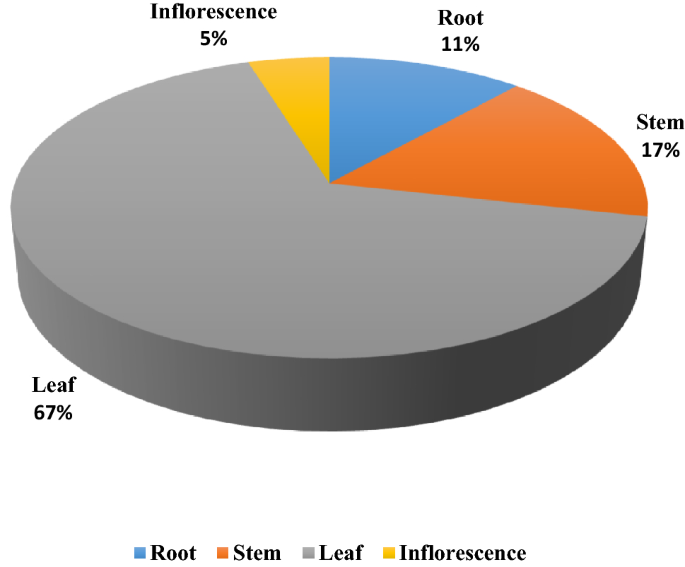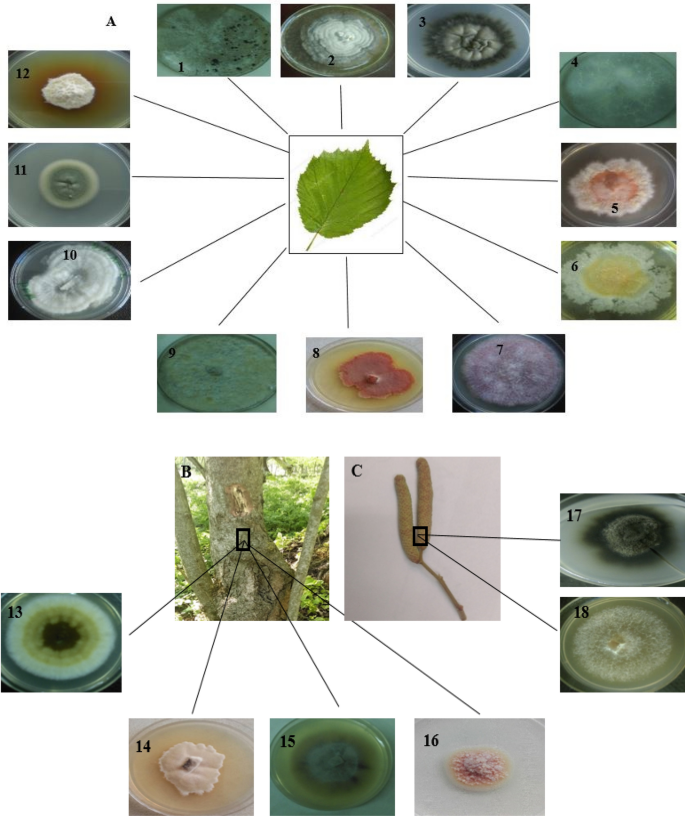Taxol is the medicinal name of the product of evergreen yew and now (circa 2007) deciduous hazelnut trees. The taxol is produced in the wood by tree symbiotic endophytes. Taxol as a medicine is something I'm not interested in right now. Taxol for it's role and function mechanism as a medicine to the tree itself is the thing that interests me.
This is to say that I would like to learn how to transfer the specific endophytes from the hazelnut wood and inocculate my existing large turkish hazel tree, then from the existing tree to new native seedlings.
Once -if ever the time arrives and I can be in control of young hazlenut trees of this symbiotic nature, then -I would cultivate on a one-per-one, root-near-root, diseased prunus (stone fruits) nearby. There is something like this on the table already and aimed at taxol production for human cancer, so in other words it's not kind of locked into big company pharma-top-secret shelves. So the proof of concept (ie. per italics para-2) exists as part of it online: disclosed circa 2018 , a few years one way or the other, nature dot com and footnotes
Does anyone have any helping information or experience on the above italics portion of what I'm attempting?
Of possible value to the community is my observations in Wintler Park link and proofs of production, but not shown in the link is at least a 30 year old native hazelnut growing within 6 feet -in which I assume is the medicine supplier;
What I have been told is that you take some of the soil from beneath a mature one of those plants and put the soil beneath your plants and the mycorrhizae should transfer. I do have both a mature yew and a mature hazelnut/filbert in case you are interested.
John S
PDX OR
What if any comments would you have after findings in the various figures in my first link that endophytes vary in the kinds presented in woody material verses the root are? The figures are actually had by invoking the only link in the page I aimed at. Here are two;


...and all these 18 endophyte types applies to hazelnut, but just remember they to me appear to be unique (ie. no underground endophytes exist above ground).
I thought somebody would have said wood to wood transfer would be the most efficient, but of course I wasn't sure. Can you itemize your answer a bit more?
I meant pick an online science principle or item (itemize) that will support my goal of transferring these endophytes capable of produceing the Taxol. I have no experience dealing in mycorrhizae let alone where to get the strains specifically mentioned.
Endophyte in the wood of such trees as hazelnut prevents wood rot via the endophyte itself or by the Taxol it produces, or both. This truth comes posted via a previous 2019 topic still listed with DanielW, You, and Me in it. [ie. trees-fight-infections ]
I have oldest native hazelnut trees on our side (wintler Park site), but thanks though. The good news is I won't need my Turkish Tree hazel because I found a Washington seller of young native hazelnut trees for $6.25 a piece through Burntridge Nursery. Both the endophyte rich scion and rootstock together is much faster (my opinion) then the transferring soil idea I think you thought would work.
Hopefully this will get my zero producing Lydecker plums producing natural like the Wintler apricot seedling has become. (fingers crossed)
John:
We are within a year of this discussion so I guess it's okay that I have bumped this.
In the beginning months of 2022 (almost 2 years prior) I gather hazelnut catkins that had fallen, put them into a trash bag of about 20 gallon size, and then stored bag (now half full) that had the catkins in it. This month (mid Dec almost 2 years later) there were the first signs of what I hope is the beneficial endophytes that are potentially implicated in producing taxol that they are finally starting to do something. 
I think they are because they look like this in #18 which is the same authors as I posted 365 days ago in the #1 heading above (ie. in the same study as #18).
I must note that I am not a mycologist and I don't have nearly the know how you have on fungi, so it may still be possible I'm raising spores that belong to the wrong class and that these are not beneficial kinds. But if they are the good kind, then how best to store these long term, and what pointers on the internet might you know to share with me regarding using them as disease suppressing agents in starting seeds that have been cracked out of the stones? (such as in hard to germinate prunus or roses eg. embryo rescue) ?
Thanks in advance.
You assume that Taxol is the significant agent in conifering whatever benefits you want when it may be other at work or none at all (pun intended).
Regardless, inoculating your Turish hazelnut with specific endophytes would mean isolating the microbes first using traditional methods (plate dilution, where you spread the microbe out in seqeuentially decreasing portions) or liquid dilution which is where you make multiple, sequential volumetric dilutions of the microbes.
If you want to hedge your bets and reduce your workload just take a shovel full of soil from beneath John's filbert and toss it in your growing medium.
If you want to double down on it, buy some myco-packs from Raintree too.
https://raintreenursery.com/pr.....#038;_ss=r
As for using endophytes with embryo rescue, I'm skeptical but with embryo culture I think it would only be useful as an adjunct to the post-germination growing medium if the particular cultivars are generally benefited by endophytes.
Since you are shopping for magic bullets here's another one to consider:
Exposing plants to ethylene early on may bolster their growth
>>"Taxol as a medicine is something I'm not interested in right now. Taxol for it's role and function mechanism as a medicine to the tree itself is the thing that interests me.
>> This is to say that I would like to learn how to transfer the specific endophytes from the hazelnut wood and inocculate my existing large turkish hazel tree, then from the existing tree to new native seedlings.
Zone 6a in the moraines of eastern Connecticut.
Crankyankee said
...Regardless, inoculating your Turish hazelnut with specific endophytes would mean isolating the microbes first using traditional methods (plate dilution, where you spread the microbe out in seqeuentially decreasing portions) or liquid dilution which is where you make multiple, sequential volumetric dilutions of the microbes.
...
Good. Where I think I came in about isolating the specific endophytes was the idea I originally conceived upon reading these 18 endophytes of hazelnut about two years ago. I chose hazelnut catkins I think partly due to there being only two listed. Which is when (circa 2 years ago) I thought of my own way of segregating one of the two endophytes listed inside catkins. So in part, here's a few precautions I took to make sure my catkins stayed isolated. I bagged them up and closed the bag. I took them dry and kept them dry. At least I isolated them.
The bag has been closed up in the garage. Then 15 days ago small areas of spawn around the perimeter of the clear plastic bag could be seen. I opened the bag and all 10 gallons of catkins were still dry. I left the top partially open, and let air in while still in the garage, and now the whole fresh air section is filled up with the same spawn.
It really sounds still like I had this isolated correctly (ie. the #18 isolate) even though I did not use college taught principles.
Also note that I do not really think taxol is in the catkins or the spawn, but I did note last January 2023 that my fractured pin cherry seeds that were held in rather moist hazelnut catkins did not rot on me for the first time. Some germinated and the rest that haven't are still to this day not softened even though there's certainly enough moisture for anything to grow.
The subject of ethylene is interesting. I had that come up in my research last week. This 5 day conditioning after first germinating is something I believe in, and even for our raising our fruit trees from seeds, because about a hundred years ago they found that fruit tree flower health also has the same everlasting effects on the health of the progeny from that flower in side by side (same tree) experiments with other adversely treated flowers as they followed all that progeny. It also concurs with forestry selections of weeding out the poorest 50% of starters of doug fir seedlings to get a better long run return. It's strong for me in the breeding department, but weaker than you or what John would be in the propagation of spawn as it relates to sites he listens to like @ permies.
From link posted in #5 above RE symbiotic coupling with plants:
>>Endophytes are microscopic fungi that live within plants. Morris said that while endophytes might look like an infection, they differ from pathogens in their relationship with the plant. “These endophytes have a close evolutionary symbiotic coupling with plants, unlike decay fungi. I must be clear here, many decay fungi are also essential and are always found on old veteran trees, where they perform important ecological functions, such as nutrient recycling. However, the tree still recognizes them as a threat, unlike beneficial endophytes. A holobiont functions similarly to a superorganism, such as bees or ants, in that survival is better together than alone.”
Whats good is having validation such as from yourself and from more than one source and involving the specifics such as these as quoted (ie. from you and this symbiotic coupling model). 
Idyllwild
jafar
Marsha H
Viron
John S
1 Guest(s)
